Interior and Exterior Waterproof
Exterior Waterproofing:
Exterior waterproofing is best known as an initial defense against water and consists of gutters that collect water and lead it away to the main gutter. This is one of the reasons why it is very important to always keep gutters clean. Another important aspect of exterior waterproofing is a waterproof membrane, that is laid around the foundation of the structure to keep out moisture so that the concrete doesn’t absorb it, gets cracks and allow leaks. Next important issue is an exterior drainage system, similar to a French drain. This type of system requires some work, due to ist requirement of excavation along the foundation of the home.
Drain tiles are fitted into the trench around the home, those titles are surrounded by gravel and then the total trench is covered with soil. The drain tiles are employed to carry water away from the basement. This method involves some excavation, and that would be really valuable.
Exterior waterproofing is expensive when compared to interior waterproofing, as Exterior waterproofing requires more work and products, Also EW efficiently stops water from getting close to the basement. When the basement is prevented from becoming wet, it doesn’t get weak, damaged and it wouldn’t crack to let water inside the basement or your home. Hence a costly exterior waterproofing system would be reasonable in the long run, as it saves money in the long run.
Interior WaterProofing:
interior waterproofing is more of a water management approach and a final step in the process of waterproofing as it addresses the issue of water already leaking into the house.
Setting up a backwater valve is one of the most effective methods to save foundation from flooding if in case the structure is on a declining slope or in a flood-prone area. Setting up a backwater valve avoids sewer water from coming into the foundation through the toilet or sink after/during a heavy rainfall. After effects of sewage flooding in the foundations are uncomfortable and water damage repairs are very expensive.
Setting up a drainage system is the most difficult solution incase of interior waterproofing. There are numerous approaches and products that can be at disposal. A solution is to have a French drain with a sump pump set up, rubber walls, water weeping tiles, and a drainage rubber membrane, That allows water to easily pass through without affecting the walls.
Annual maintenance is required for sump pump set up.. A sump pump should be inspected regularly as it could fail when you need it most, In some cases.
Try improving interior basement drain system with the setup of waterproofing plastic sheets and panels. Those panels would allow walls to stay dry even in the case of a leak and allows flow to the drainage system. This method is expensive, but also saves the interior without any visual damage.
